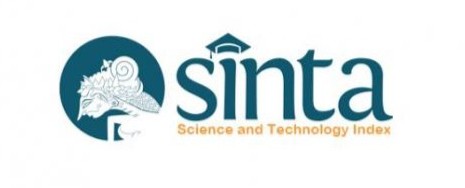THE PORTRAYAL OF HARMONIOUS SOCIETY AND GOOD GOVERNMENT IN CONFUCIUS (2010) MOVIE BY HU MEI
Downloads
Bell, D. A. (2018). Confucian Political Ethics. New York: Princeton University Press.
Berling, J. A. (2004). Confucianism and Peacebuilding. In H. Coward & G. S. Smith (Eds.), Religion and Peacebuilding (pp. 93–110). New York: State University of New York Press.
Chamberlain, J. (2009). Chinese Gods: An Introduction to Chinese Folk Religion. Hong Kong: Blacksmith Books Press.
Gardner, D. K. (2014). Confucianism: A Very Short Introduction. New York: Oxford University Press.
Hall, S. (1997). The Work of Representation in Representation: Cultural Representations and Signifying Practices (S. Hall, ed.). London: SAGE Publication Ltd.
Kolker, R. P. (2002). Movie, Form and Culture. New York: Mc Graw-Hill Education.
Lee, J. T.-H. (2011). The Cinematic Representation of Confucius. In S.-K. Cheung (Ed.), From philosophy to Cultural Icon (pp. 27–38). Hong Kong: Centre for Qualitative Social Research Department of Sociology Hong Kong Shue Yan University Press.
Sukmawati, N. L. A. (2020). Representation of the New Regime Transition towards the Reformation Era in the Tembok Pak Rambo Short Story by Taufik Ikhram Jamil: Intertextuality Study. Lakon : Jurnal Kajian Sastra Dan Budaya, 9(1), 9–21. https://doi.org/10.20473/lakon.v9i1.19810
Tan, S.-H. (2004). Confucian Democracy: "A Deweyan Recontruction.” New York: State University of New York Press.
Taylor, R. L. (2004). Religion of the World: Confucianism. Philadelphia: Chelsea House Publisher.
Wilson, E. (1900). The Wisdom of Confucius: with Critical and Biographical Sketches. New York: Books, Inc.
Xu, B. (2011). On the Movie "Confucius.” In S.-K. Cheung (Ed.), From Philosophy to Cultural Icon (pp. 17–25). Hong Kong: Centre for Qualitative Social Research Department of Sociology Hong Kong Shue Yan University Press.

LAKON by Unair is licensed under a Creative Commons Attribution-NonCommercial-ShareAlike 4.0 International License.
1. The journal allows the author to hold the copyright of the article without restrictions.
2. The journal allows the author(s) to retain publishing rights without restrictions
3. The legal formal aspect of journal publication accessibility refers to Creative Commons Attribution-NonCommercial-ShareAlike (CC BY-NC-SA).


.png)













